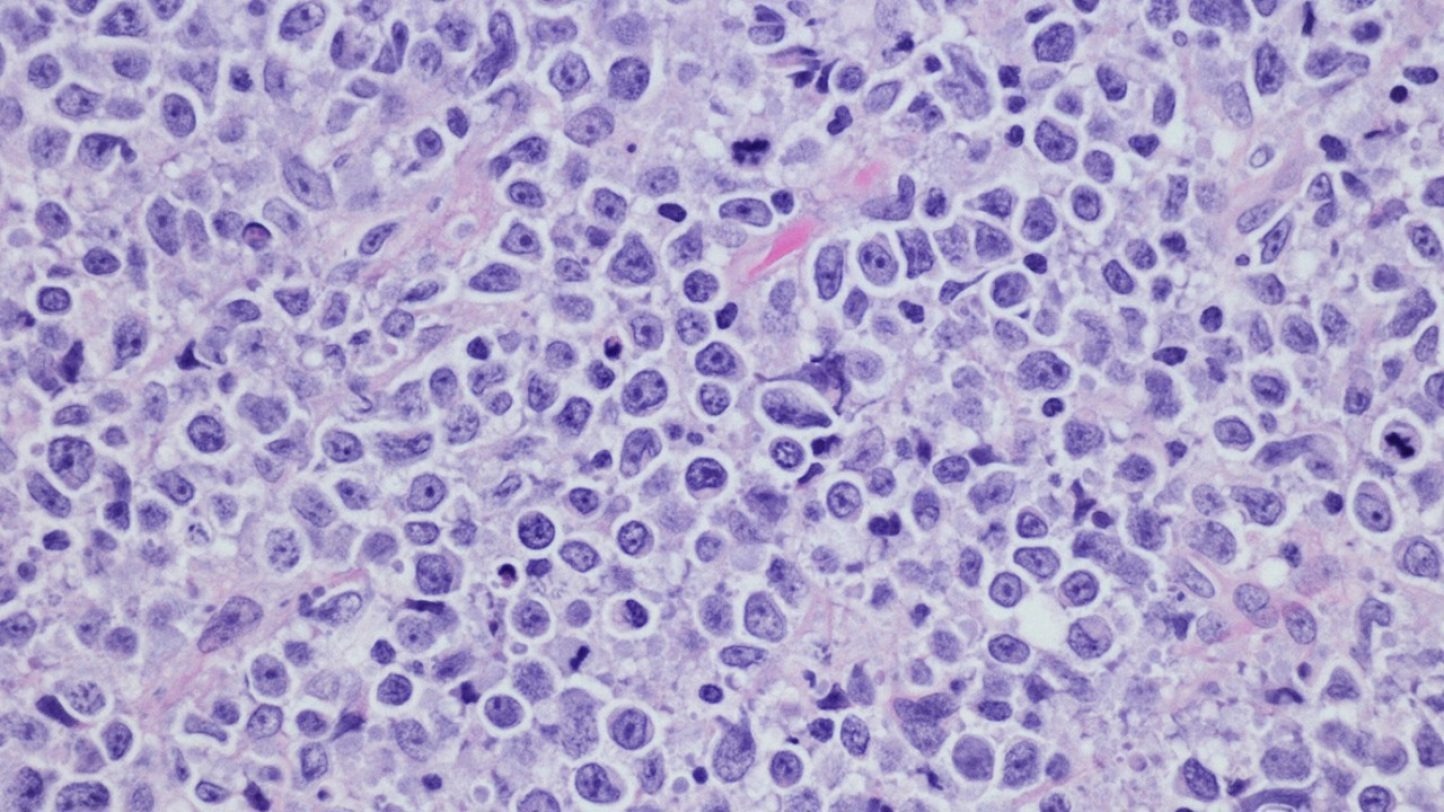Reviewed by Lexie CornerJun 20 2025
Researchers at The University of Texas MD Anderson Cancer Center conducted a large study on patients with large B-cell lymphoma (LBCL). They identified three patient subgroups that respond differently to CD19 chimeric antigen receptor (CAR) T cell therapy.

Image Credit: The University of Texas MD Anderson Cancer Center
The study, published in Cancer Cell, analyzed samples from 232 individuals with LBCL. Researchers created “LymphoMAPs” to provide detailed information about the tumor microenvironment and its connection to clinical data and patient outcomes. These findings may help clinicians guide patients toward the most appropriate treatment options based on the tumor’s biological characteristics.
This study marks a pivotal step in refining precision medicine for patients with large B-cell lymphoma by accounting for the non-malignant cells that surround and interact with the malignant B-cells. By identifying the three patient subgroups that have significantly different outcomes following CD19 CAR T cell therapy, we move toward enhancing treatment selection for clinicians and pave the way for biology-driven targeted therapies for patients who may not respond as well.
Michael Green, Ph.D., Study Corresponding Author and Associate Professor, MD Anderson Cancer Center, The University of Texas
CAR T cell therapy is a form of immunotherapy in which a patient’s own T cells are genetically modified to express CAR molecules. These molecules allow the T cells to recognize and kill cancer cells. Three CAR T cell therapies are currently approved for patients with LBCL, each showing benefits for many individuals.
However, fewer than half of patients experience long-term responses. This highlights the need to better understand the factors that influence treatment outcomes.
In this study, researchers analyzed single cells from 232 biopsy samples taken from 217 lymphoma patients, including both newly diagnosed and previously treated cases. In total, they examined nearly 1.8 million cells - about ten times more than the largest prior lymphoma study.
To confirm their results, the team integrated their data with findings from the ZUMA-7 Phase III clinical trial. This trial compared the effectiveness of axicabtagene ciloleucel (axi-cel), a CAR T cell therapy, with standard-of-care treatment in patients with relapsed or refractory diffuse large B-cell lymphoma.
The researchers identified three distinct types of lymphoma microenvironments in patients with LBCL. Each type showed different patterns of response to CAR T cell therapy:
-
Fibroblast/macrophage group: These tumors lack T cells and have high levels of cancer-associated fibroblasts. Patients in this group showed varied responses to CAR T cell therapy. However, on average, they benefited more from CAR T treatment than from chemotherapy.
-
Lymph node group: These tumors contain many T cells supported by non-hematopoietic cells in lymph nodes that help maintain T cell function. Patients in this group experienced the most benefit from CAR T cell therapy.
-
T cell exhausted group: These tumors are dominated by exhausted CD8 T cells and active macrophages. Patients in this group did not gain significant benefit from CAR T cell therapy and may require alternative treatment options. The researchers suggest that targeting key biological pathways in these tumors could improve outcomes.
Green added, “The underlying biology clearly supports the association with CAR T cell outcomes and highlights opportunities for interventions using targeted therapies that are either already in the clinic or in the late stages of preclinical development. These insights bring us closer to optimizing therapies for all patients, ensuring more effective, individualized care.”
MD Anderson researchers plan to use the findings from this study to collaborate with other academic cancer centers and pharmaceutical companies. Their goal is to develop clinical trials that focus on targeted therapies for patient subgroups with poorer outcomes.
Source:
Journal reference:
Li, X., et al. (2025) Large B cell lymphoma microenvironment archetype profiles. Cancer Cell. doi.org/10.1016/j.ccell.2025.06.002.